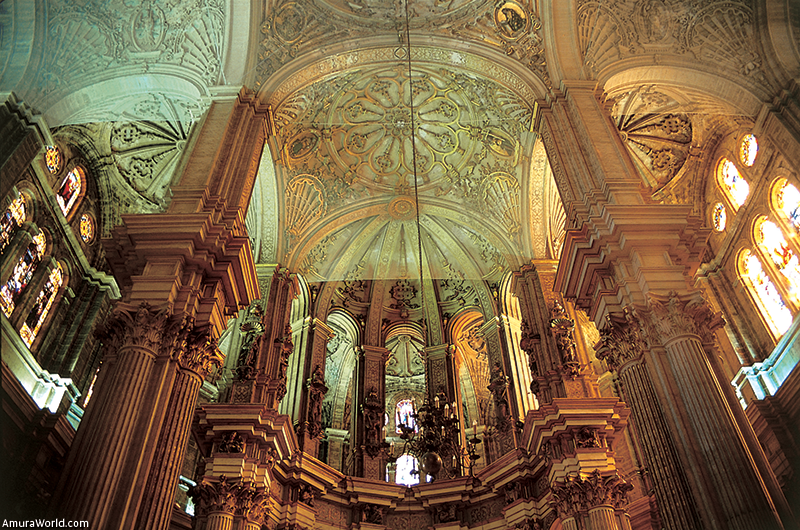On board
• The coastal strip of the Costa del Sol extends for more than 160 km of coastline. This zone is the marine entry point to the Mediterranean Sea from the Atlantic Ocean. It is high recommended for all types of nautical activity because of its favorable geographical position.
• To enter the country, travelers must have a valid passport; however, in some cases a visa may be required, travelers may consult the Spanish Consulate. Proof of accommodation must be shown and on some occasions, proof of economic means may be requested. Tourists will be authorized to stay for up to 90 days.
• For yachts and water sports, the Costa del Sol has 11 sporting ports, all with the services necessary to serve all needs thanks to their wide range of maritime services which total almost 4,500 mooring points offering diverse possibilities. In some ports, there are schools officially authorized to study for the "skipper's license" or simply learn to sail.
• There are more than 70 km of beaches from Malaga to Manilva. Most of them have equipment, services and lifeguards, as well as exclusive water sports facilities. It is important to bear in mind that most of the beaches on the Costa del Sol have fine and soft sand, so it is recommended to wear protective footwear.
Treasures
• Visitors to Malaga can take a tour of the ample historic, artistic, architectural and cultural heritage of the Province. The legacy of past civilizations can be seen in both ecclesiastical and civil buildings, as well as an extensive collection of pictorial and sculptural works that can be seen in the streets and plazas of the town, as well as on the walls of its fascinating museums.
• The Cathedral of the Incarnation represents one of the jewels of the Rennaisance of the city. It was built between 1528 and 1782. The most important thoroughfare of ancient and Muslim Malaga runs past it and extends from the Alcazaba to the Rivero Guadalmedina. It is divided vertically on two floors: the lower floor, with three doors sheltered by an arch set on columns with medallions and the upper floor, with a series of arches. It is a true work of art.
• The beautiful Malaga has 23 protected natural parks. Among its most beautiful landscapes, which are considered to be natural museums, the Serranía de Ronda stands out, which contains the Sierra de las Nieves, Sierra de Grazalema and Los Alcornocales natural parks, as well as the Genal and Guadiario valleys. Here, ancient cultures can be traced and visitors can enjoy landscapes full of unique beauty.
• From its origins, flamenco has been the Andalucian art of excellence. Its three elements, song, dance and guitar, have colored every corner of the Southern peninsular with happiness, thus increasing its popularity and contributing to an enriching mixture of gypsies, payos and Muslims. Considered as the full expression of art in the province, flamenco has shown that it has its own personality in the Malagan territory.
Text: AMURA ± Photo: Patrick Monney.


